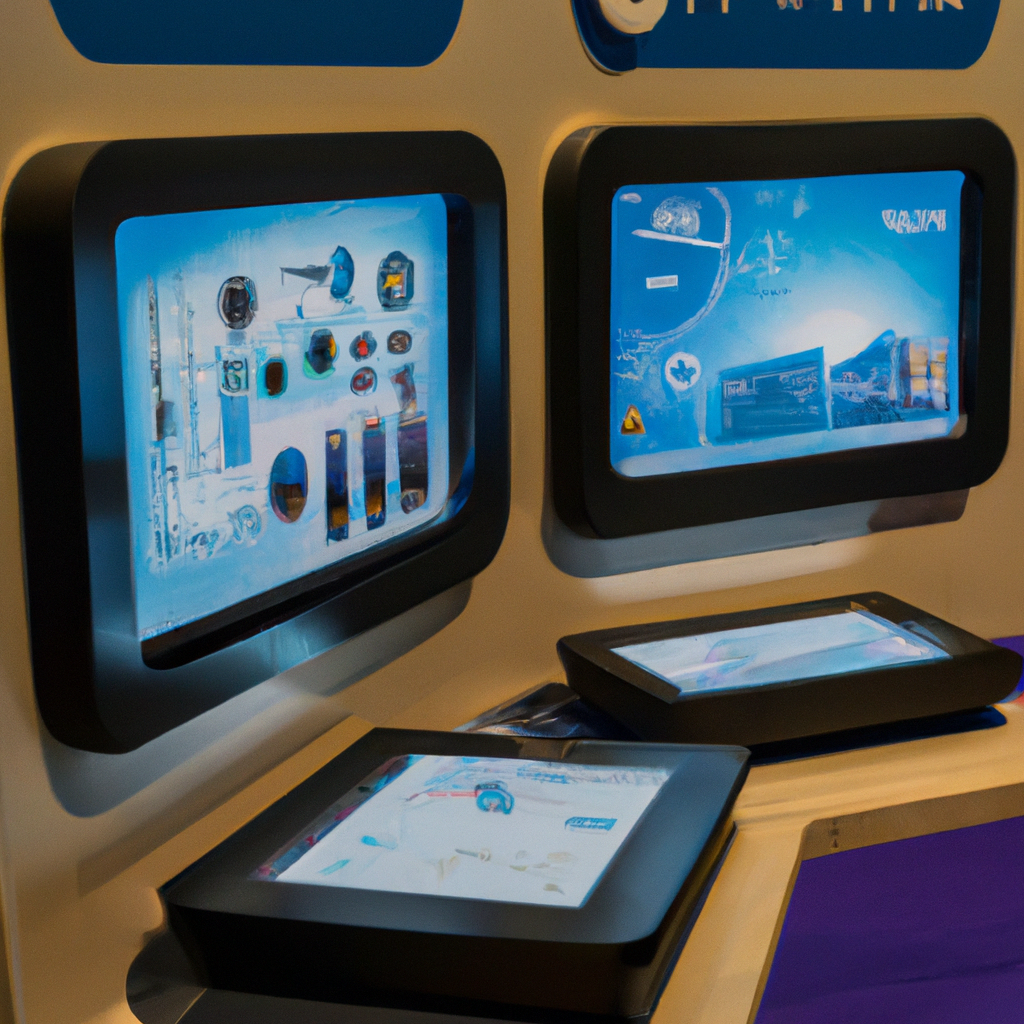Tech Gets Touchy: Interactive Displays for Fun Science!

Science is a fascinating subject, but not everyone finds it easy to learn. However, with the advent of interactive displays, science is becoming more accessible and fun than ever. Interactive displays are a great way to make learning more engaging, tactile and immersive. They provide an interactive and hands-on approach to learning that makes it easier to understand concepts and experiment with ideas. In this article, we take a look at how interactive displays are revolutionizing science education.
Touching Science: How Interactive Displays are Making Learning Fun!
Interactive displays are a great tool for educators to make learning more fun and engaging. They provide a tactile and interactive way for students to explore scientific concepts and ideas. Interactive displays allow students to touch, swipe, and move elements on the screen, making it easier to understand and remember important concepts. For instance, students can use interactive displays to learn about the human body by exploring a 3D model of the anatomy, or to learn about the solar system by exploring planets and stars.
Interactive displays are also great for collaborative learning. They allow students to work together on projects and experiments, making it easier to share ideas and collaborate on solutions. Interactive displays can also be used to create virtual labs where students can experiment with different scenarios and observe the results in real-time. This makes learning more engaging and exciting for students, and helps them develop important skills such as problem-solving, critical thinking and collaboration.
Hands-On Technology: Get Ready to Experience Science in a Whole New Way!
Interactive displays are not just limited to classrooms. They are also used in museums, science centers, and other educational institutions to provide visitors with a hands-on experience of scientific concepts and ideas. Interactive displays allow visitors to explore and discover scientific phenomena in a fun and engaging way. For instance, visitors can use interactive displays to learn about renewable energy by assembling a wind turbine or solar panel, or to learn about genetics by experimenting with gene splicing.
Interactive displays are also great for outreach programs and community events. They provide an accessible and engaging way for people to learn about science and technology. Interactive displays can be used to demonstrate scientific concepts and ideas in a fun and interactive way, making it easier for people to understand and appreciate science. This helps to promote science literacy and inspire the next generation of scientists.
Interactive displays are a game-changer in science education. They provide an engaging and interactive way for students to learn about scientific concepts and ideas, and help to promote science literacy and inspire the next generation of scientists. Whether you are a student, educator, or just someone who loves science, interactive displays are a great way to experience science in a whole new way. So, get ready to touch science and have fun!







